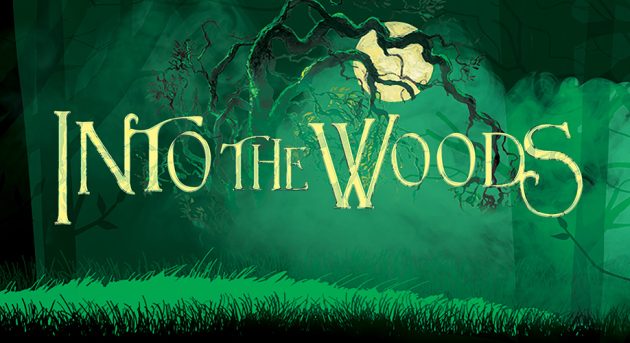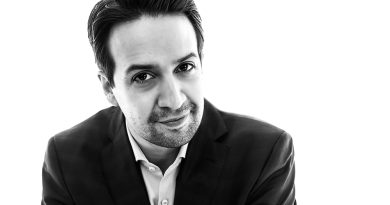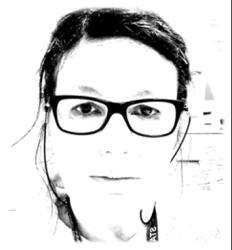Into the Woods: Beyond ‘Happily ever after…’
In medieval Europe, the morality play was the go-to form of entertainment. These allegorical stories would, through their characters, personify abstract concepts such as good and evil. Christian teachings would underpin these cautionary tales, enabling audiences to learn a moral lesson and save their soul. The modern equivalent probably looks something like Stephen Sondheim’s Into the Woods, set to hit the Belvoir stage on 22 March – coinciding with the birthday of the show’s late creator.
The show examines the evergreen theme of chasing wants and desires. The archetypal fairy tale characters each start out with their singular dreams: Cinderella wants to go to the King’s Festival; Little Red Riding Hood wants to deliver bread to her Granny; The Baker and his wife want a child – something that a Witch’s curse has denied them. And it is the story of the Baker and his wife that forms the backbone of the narrative. Into the woods these characters must immerse themselves, and confront the obstacles and challenges they face there. In order to reverse the infertility curse, the couple are tasked with retrieving four talismans: ‘The cow as white as milk/The cape as red as blood/The hair as yellow as corn/The slipper as pure as gold’. Getting what we want, it seems, is possible – but what will it cost? Will securing our heart’s desires lead to living ‘happily ever after’?
Not according to this musical.
In a traditional fairy tale, ‘happily ever after’ is where the narrative ends. End of story. Sondheim, however, manipulates the tropes of the genre to explore what comes next – in the real, grown-up world. One of the ways he examines this is through the two-act structure of the musical. The performance opens with three scenes: Cinderella is cleaning, Jack (of the Beanstalk fame) is milking a cow, and the Baker and his wife are preparing bread for the following day. A humble scenario. But by the end of the first act their dreams have come true – so this should by the story’s finale, wherein the characters are imagined to live the rest of their days in bliss.
But not so.
The second act opens with a scene that mirrors the first: Cinderella is living in a castle with her Prince; Jack’s house is filled with all the material goodies he could possibly want; the Baker now has a nursery in his cottage. This is the epitome of ‘happily ever after’ – except, not really. We could be guilty, at this juncture, of judging by appearances (and who doesn’t do that?). On this point, perhaps a lesson needs to be taught … And so, the second act unravels as a coda to the happy ending of the first act. It poses the question: What happens once your dreams have come true? This is where the real story begins, not ends. There is still work to be done. As an audience, then, we should not be surprised to find the characters wanting yet more. The Baker, for example, now wants a bigger cottage for his growing family. The Princes in the story have won the girls of their dreams, yet still are not satisfied – Cinderella’s Prince has the eye for Sleeping Beauty, while Rapunzel’s other half falls head over heels for Snow White. The Witch recaptures her youth and beauty, but at the cost of her powers. And Jack needs to watch his back … We’re never happy, it seems. Yet it is in this second act that the characters actually transform from fairy tale archetypes into rounded individuals. Reality has taught them a lesson and enabled them to develop as characters.
So there is much in this musical that echoes modern society. We pursue selfish desires and do what we have to do to achieve them; we submerge ourselves in our own challenging ‘woods’. Yet still we crave more. Satisfaction eludes us. And what we do achieve so often comes at a price. What do we sacrifice in order to get what we want? Who are we prepared to trample on along the way? And what is the cost to community? For in the end, these characters have to rely on one another in order to survive. In this sense, the woods represent the deepest parts of our psyche, where we don’t often dare to go. Perhaps the real horrors lie not within the depths of the woods, with its fairy tale wolves and beanstalks, but in the consequences of the decisions we make. It is through grappling with the reality of these consequences, the musical suggests, that we grow as human beings.
In the end, Into the Woods does offer up the fairy tale ending – but keep watching, and we get the life lesson too. It seems those medieval morality plays never get old …




